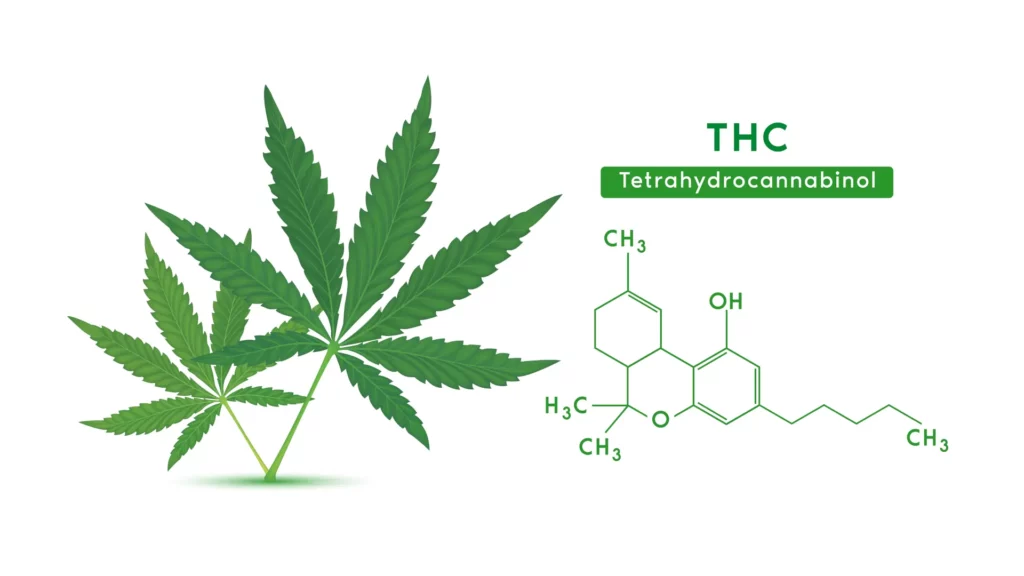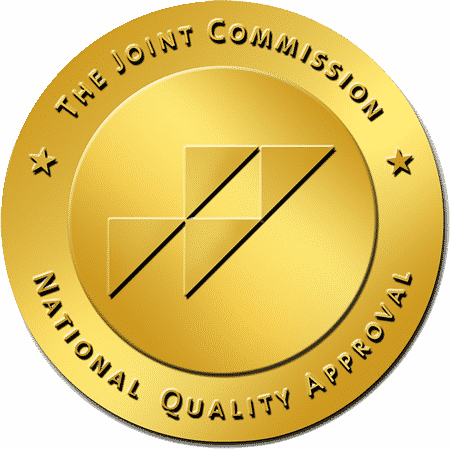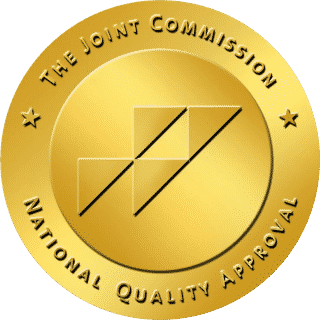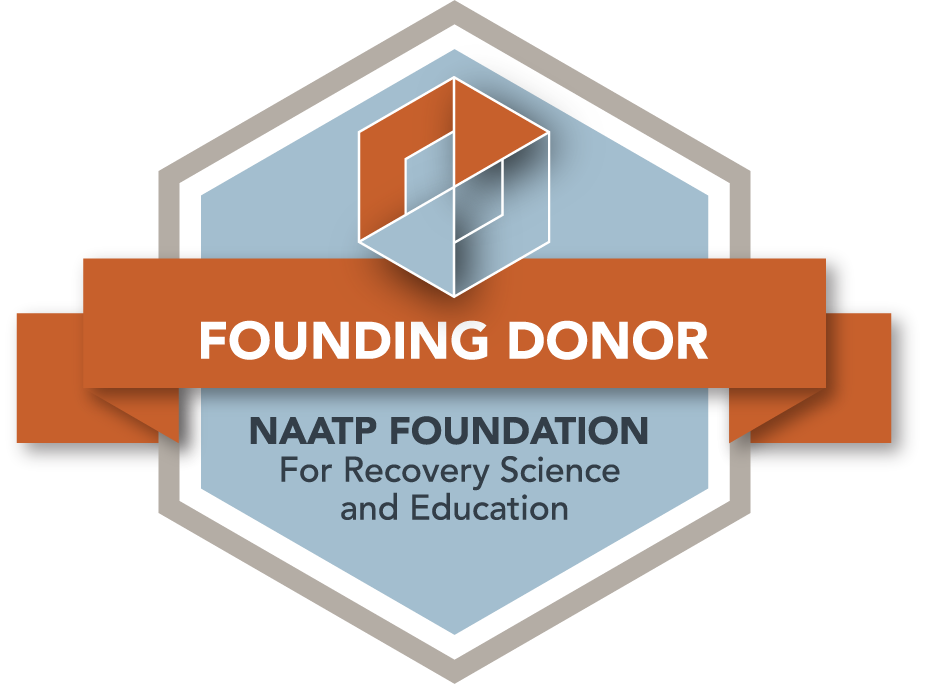In recent years, cannabis has gained notoriety with backers claiming its medicinal chemistry offers therapeutic relief or benefits with various conditions. One of the most well-known and debated components of the cannabis plant is tetrahydrocannabinol (THC), which has become a focal point for research, medical use, and a continued use as a recreational drug.
This post looks at THC and its chemical structure, accepted medical applications, potential for abuse and addiction, as well as the legal landscape surrounding this fascinating compound.
Key Takeaways
- THC is a psychoactive compound found in cannabis plants. THC products have potential therapeutic benefits, but also adverse events of abuse and addiction.
- It has medical use for cancer chemotherapy, including inhibiting chemotherapy-induced nausea, vomiting, and aiding appetite stimulation for weight gain with AIDS patients.
- THC and cannabis derived products legality varies between federal and state laws.

Understanding Tetrahydrocannabinol (THC)
Tetrahydrocannabinol, or THC, is the primary psychoactive cannabinoid found in both natural and medical cannabis plants. Responsible for the “high” user’s experience, THC’s effects can range from euphoria and relaxation to altered sensory perception. The cannabis sativa plant contains various isomers of THC, such as the synthetic cannabinoid agonists Delta 8, Delta 9, and Delta 10, each having distinct properties and effects.
THC is often compared to cannabidiol (CBD), another major cannabinoid found in cannabis, but unlike THC, CBD does not produce psychoactive effect in its pure form. THC interacts with the endocannabinoid system in our bodies. THC binds to cannabinoid receptors causing various responses.
THC, ingested through marijuana use or oral THC, has the potential for abuse and addiction, as well as various side effects and risks.
Chemical Structure and Properties
To comprehend the psychoactive effect of THC and the interaction with the endocannabinoid system, it’s necessary to look into its chemical structure and properties. THC has four stereoisomers, including delta 9 tetrahydrocannabinol, which is the main psychoactive compound found in cannabis. The molecule binds to cannabinoid receptors in the brain and nerves, potentially leading to substance abuse in some individuals.
Enzymes such as FAAH, MAGL, and ABHDs are responsible for breaking down plant cannabinoids like THC. These enzymes also play a role in the metabolism of other drugs, highlighting the importance of understanding human cannabinoid pharmacokinetics.
Delta 8 THC
Delta 8-THC, or delta-8-tetrahydrocannabinol, is a psychoactive compound found in marijuana plants and regulated by the Drug Enforcement Administration.
Compared to the more potent delta 9 tetrahydrocannabinol, Delta 8 exhibits a milder psychoactive effect and evidence suggests potential therapeutic benefits, as shown in randomized clinical trials.
The pharmacological activity of 9-cis-THC, a weak cannabinomimetic agent, plays a role in the tetrad test in vivo and can lead to cannabis withdrawal syndrome upon long-term use. Understanding the potential risk of cannabis addiction also requires knowledge of the distinct chromatographic behavior of 9-cis-THCs compared to trans-THCs.
Delta 9 THC
Delta 9-THC, or delta-9-tetrahydrocannabinol THC, the primary psychoactive phytocannabinoid, is responsible for the majority of cannabis’s effects. Numerous studies have explored its wide range of pharmacological effects, including its ability to induce:
- Hypothermia (dangerously low body temperature)
- Catalepsy-like behavior
- Hypolocomotion
- Analgesia in mice
In humans, Delta 9-THC, has low bioavailability and is mainly metabolized to 11-hydroxy-THC (HO-THC) by CYP2C9.
THC has many toxicological effects. The most notable is the effect on the CB1 receptor in the central nervous system, which leads to the psychological effects of cannabis use. In animal studies, the short-term reinforcing effects of THC have been shown to be effective. This includes brain stimulation reward, conditioned place preference and intravenous self-administration.
CP 55,940 is a synthetic cannabinoid receptor agonist which can produce marked place preference. The effects of this agonist can be reversed by naloxone. Cannabinoid receptor agonists can fulfill the same role as 9-THC. Their effects can be inhibited by cannabinoid receptor antagonists.
Delta 10 THC
Delta 10-THC, or delta-10-tetrahydrocannabinol, is a relatively new with less clinical research. Its molecular structure shares similarities with Delta 9-THC but has a double bond at the 10th carbon atom, giving Delta 10-THC unique characteristics.
Research on Delta 10-THC is limited, and it is not yet regulated federally, but some states have passed laws restricting its use.
THC vs CBD
THC and CBD are two major cannabinoids found in cannabis plants, each with distinct properties and effects. While THC interacts with cannabinoid receptors in the brain, CBD works through a different mechanism and does not produce a psychoactive effect unless misused.
While there are claims of pain relief, anti-inflammatory effects, and anti-anxiety effects with THC and CBD, the potential for addiction and side effects, such as paranoia and anxiety, are higher with THC use.

Medical Applications of THC
Many delta-8 THC products are being marketed for therapeutic or medical uses, although the FDA has not approved them. THC appears in these promotions as a pharmacological medical application for treating issues such as multiple sclerosis and nerve pain and reducing chemotherapy-induced nausea and vomiting.
The FDA has approved Synthetic THC medications, such as dronabinol and nabilone, for specific medical conditions, such as AIDS-related anorexia and chemotherapy-induced nausea and vomiting.

Abuse and Addiction
The psychoactive effects of THC, such as euphoria, relaxation, and altered sensory perception, can make it prone to abuse and addiction. Long-term use can lead to tolerance, dependence, and withdrawal symptoms, which may present challenges for individuals trying to quit or reduce their cannabis use.
Euphoria and Relaxation
The euphoric and relaxing effects of THC are primarily responsible for its appeal and potential for abuse and addiction. These effects can vary depending on the individual and the dosage, with some users experiencing a more intense “high” than others.
However, the risks of abusing or becoming addicted to THC through marijuana use or edibles should not be ignored. Long-term use can lead to tolerance, dependence, and withdrawal symptoms, making it challenging for individuals to stop or reduce their cannabis use.
Altered Sensory Perception
THC can alter sensory perception, leading to hallucinations, changes in the perception of time, and alterations in the perception of colors and sounds. These effects can be both intriguing and disorienting, adding to the appeal of THC use and increasing the risk of abuse and addiction.
While altered sensory perception may be an enjoyable experience for some users, for others, THC use creates anxiety, paranoia, and confusion.
Behavioral Effects
Cannabis consumption use can lead to several adverse effects, including paranoia, anxiety, and decreased cognitive abilities. These effects can negatively impact an individual’s daily behaviors in their life, relationships, and overall well-being.
Potential Risks and Side Effects
Potential risks and side effects of THC use include:
- Dependence
- Psychiatric disorders such as depression, anxiety, and psychotic episodes
- Cannabinoid hyperemesis syndrome, a condition characterized by recurrent episodes of nausea, vomiting, and abdominal pain.
Individuals, particularly those considering cannabis for medical purposes, need to balance the potential benefits of THC use against these risks and side effects.
La Hacienda Treatment Center Understands Addiction
Since 1972, La Hacienda has been at the forefront in treating addiction and alcoholism. Many patients come to treatment with a reservation of letting go of THC in any form. We have seen patients on high doses of prescription medicine and smoking marijuana or eating edibles simultaneously. Some patients come in using marijuana only and do not comprehend why they cannot stop in spite of truly wanting to stop.
This is where understanding the nature of addiction applies. Any substance use disorder has one thing in common – not being able to stop even though life has become unmanageable. Every person is different, some lose jobs and family or friends, and others have everything they could ever want, but still feel empty.
Our on-campus addiction medicine boarded physicians and 24-hour nursing staff understand withdrawal physically and mentally. With their input our clinical team helps develop a treatment plan for success.
If you or a loved one are seeking help, we are available to talk every day.
Legality and Regulation of THC
The legality and regulation of THC vary depending on federal and state laws. In the United States, THC is classified as a Schedule I substance making it illegal for recreational use. However, some states have passed legislation allowing the use of medical and/or recreational cannabis, creating a complex legal landscape for patients and users alike.
Cannabis users need to understand the legal status and regulation of THC in their geographic area.
Federal Law
Under federal law, THC is classified as a Schedule I substance, which places it in the same category as drugs like heroin and cocaine. This classification means that THC is considered to have a high potential for abuse and no recognized medical benefit, making it illegal, unless used in an area that accepts it as a prescribed medication.
Despite this federal classification, some states have passed laws allowing the use of medical marijuana, which contains THC. These laws create exceptions to the federal law and allow individuals with specific medical conditions to access THC for therapeutic purposes.
Texas State Laws
In Texas, possessing, selling, distributing, or producing marijuana is still considered an illegal drug and a criminal offense. Penalties for possession of marijuana in Texas can range from misdemeanors to felonies, depending on the amount involved.
However, medical marijuana is legal in limited circumstances in Texas, allowing some patients access to cannabis-based treatments, including those containing THC. It’s crucial for individuals in Texas to be aware of the state laws surrounding THC use and ensure they are using the substance responsibly and within the confines of the law.
Synthetic THC Medications
Synthetic THC medications, such as Nabilone and Dronabinol, are FDA-approved for specific medical conditions, including chemotherapy-induced nausea and vomiting and AIDS-related anorexia. These medications provide a legal alternative to medicinal cannabis for patients who require the therapeutic effects of THC.
Closing Thoughts
Tetrahydrocannabinol (THC) is a complex compound with a wide range of applications and risks. As research continues to explore its therapeutic potential in cancer treatment and other medical issues, THC in medicine may offer new and groundbreaking treatments. However, it is a drug. It is not legal in many states.
With THC being a risky drug and one for potential addiction, there is help if needed.
Frequently Asked Questions
Is tetrahydrocannabinol a CBD?
No, tetrahydrocannabinol (THC) is not a CBD. THC is the main psychoactive chemical in marijuana, and CBD is an oil derived from hemp or non-hemp plants with no known psychoactive effect in its pure form. Delta-8-tetrahydrocannabinol (Delta-8 THC) is a cannabinoid that is different from THC and produces psychoactive effects.
What is tetrahydrocannabinol and where is it naturally found?
Tetrahydrocannabinol (THC) is the main psychoactive ingredient found naturally in the cannabis (marijuana) plant and can also be found in other varieties such as hemp. Hashish is also taken from female marijuana plants.
Is tetrahydrocannabinol a controlled substance?
Yes, tetrahydrocannabinol is a Schedule I classification drug.
What makes up tetrahydrocannabinol?
Tetrahydrocannabinol (THC) is the active chemical in cannabis. Cannabis extracts were used by the Chinese as an herbal remedy since the first century AD. Cannabis comes from the flowering tops and leaves of the hemp plant, cannabis sativa.
Sources:
https://pubmed.ncbi.nlm.nih.gov/26426861/
https://pubs.acs.org/doi/10.1021/acs.jnatprod.1c00513
https://www.sciencedirect.com/topics/neuroscience/tetrahydrocannabinol
https://en.m.wikipedia.org/wiki/Tetrahydrocannabinol
https://www.ncbi.nlm.nih.gov/books/NBK563174/
https://www.samhsa.gov/sites/default/files/meeting/documents/thc-isomerism.pdf
https://www.sciencedirect.com/topics/neuroscience/tetrahydrocannabinol
